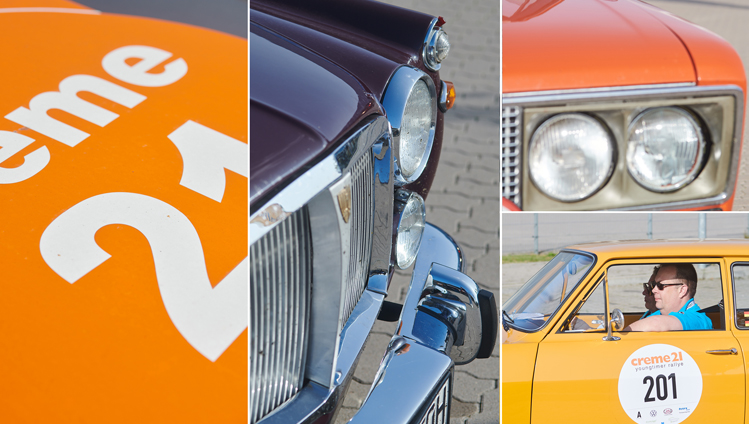
News
Hello 2024!
Automotive Aftermarket
Hello 2024!
The arrival of a new year once again means certain models are going to reach modern classic status

It’s anyone’s guess what automotive innovations the new year will have in store. But one thing we do know is that more models of vehicle will become ‘modern classics’ in 2024. The official number of years a car must clock up to earn the title of modern classic is a matter of debate among experts. The most widely accepted interpretation is that a modern classic should be between 20 and 30 years old. This means that models first launched between 1994 and 2004 will now be classified as modern classics in 2024. Hundreds of different models were brought out during this time, of course, so here is just a small selection of the automotive highlights from this period, chosen subjectively by us. Ready for a journey “back to the future”?
30 years ago
1994: Kurt Cobain died, South Africa celebrated the election of Nelson Mandela and a band called Crash Test Dummies turned a single letter into a whole song: “Mmm Mmm Mmm Mmm”. It was enough to make your head spin. Just like a relatively new breed of vehicle that was taking the roads by storm: the people carrier. Combining SUV, MPV and van into one, this vehicle class originated with the Renault Espace. But now a niche segment was turning into a mass market, helped by the PSA Group bringing out four models for its various brands that were virtually identical in design: the Citroën Evasion, Peugeot 806, Fiat Ulysse and Lancia Zeta. Meanwhile, Volkswagen boosted its small car line-up by launching the VW Polo III. And BMW simply cut the rear end off its 3 Series to create the new Compact body concept.
25 years ago
As the millennium drew to a close, it was a time for being open to (almost) anything. And the sky was literally the limit for one of the season’s most thrilling new arrivals: the Audi TT Roadster. Citroën continued to fully embrace common-rail technology, fitting it in its Xsara, Xantia, Evasion and Berlingo models. And when it came to raw power, the new BMW 740d raised the bar with a mighty V8 turbodiesel engine generating 230 horsepower from its 3.9-liter displacement.
20 years agoThe IAA Motor Show in Frankfurt welcomed a record number of visitors. And no wonder, as there was plenty to see in its exhibition halls. The new Golf V with four-link rear suspension was a case in point. Likewise the new BMW X3 that saw the Bavarian carmaker extend its immensely popular SUV concept to smaller vehicle segments. Mercedes showcased its latest models at its stand alongside a selection of classic cars – something that would be almost inconceivable these days, with show presentations mostly focused purely on the future. Speaking of things ahead of their time: one car that caused quite a stir was the Toyota Prius. Experts were divided about its design, but its hybrid technology set fresh benchmarks and pioneered a new age. An age in which manufacturers have strived to reconcile the benefits of individual mobility by car with the demands of energy efficiency and climate action. This is part and parcel of the specifications manual for every new model developed today, but it was a relatively new concept back then.
On the topic of sustainability: there is nothing more sustainable than using things for as long as possible and keeping them in good condition. Which is why we are always updating our range of parts for classic vehicles. Enthusiasts are sure to find what they are looking for here.


